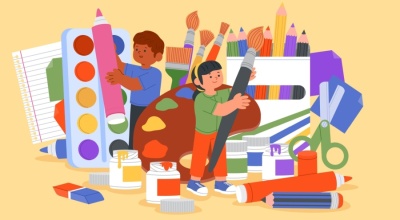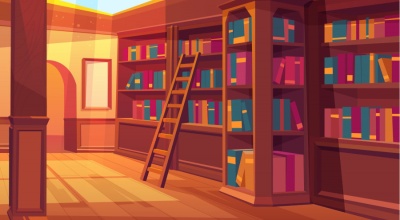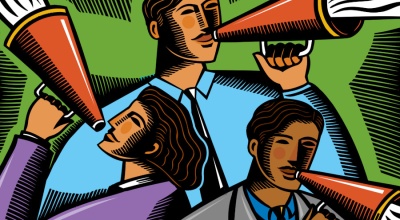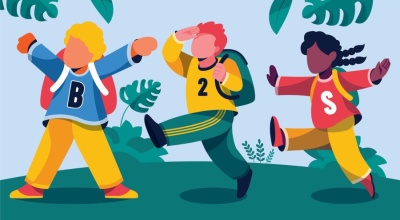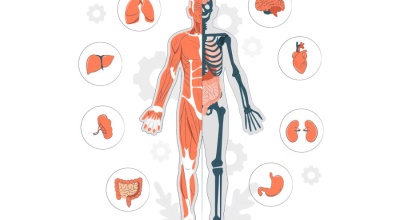Have fun while learning about burn prevention with activity books, posters and fact sheets. All items are free to view, share, and download and include important safety tips to promote year-round burn awareness and prevention. Every day, hundreds of children are taken to emergency rooms with burn injuries. Learn how you can prevent injuries from fires, scalds, electrical sources and other risks in the home.
Video: Burn Awareness for Children
Video: Burn Prevention for Families with Children with Special Needs
Every day, hundreds of young children with burn injuries are taken to emergency rooms. They were not even near a flame. The children are victims of scalds.
Be Burn Aware Information and Resources
Scald burns (caused by hot liquids, steam or foods) are the most common burn injury among children ages 4 and younger. According to Safe Kids USA, an average of 12 children ages 14 and under die from scald burn injuries each year. Children ages 4 and under account for nearly all of these deaths.
While the number of injuries is distressing, even more disturbing is the fact that many of these burns could have been prevented.
The campaign features two child-friendly characters – Boots and Brewster – a caped, cuddly bear and a googly-eyed teapot. The activity books are for ages 3–7 and 8–12. Boots and Brewster lead children through various rooms of a house, pointing out dangers and how to easily correct or avoid them. The booklets also have pages for families to map out a home fire escape plan.
Burns and Scalds Prevention Tips
Childproof Your Electrical Outlets and Appliances
- Keep appliance cords out of children's reach, especially if the appliances produce a lot of heat.
- Cover electrical outlets so that children are unable to insert metal objects, such as forks or keys.
- Keep an eye on appliances such as irons, curling irons or hair dryers that can heat up quickly or stay warm after use. Unplug these items after you are done.
- Don't carry or hold a child while cooking on the stove. Instead, move a highchair in the kitchen within reach or sight before you start. Then talk to your children so they know what is going on. It is a wonderful way to spend time together.
Check to Make Sure the Water Temperature Is Just Right
- With everything going on, we know the water heater is the last thing on your mind. But a slight change can give you one less thing to worry about. To prevent accidental scalding, set your water heater to 120 degrees Fahrenheit or the manufacturer's recommended setting.
- Consider installing anti-scald devices in water faucets and showerheads to avoid potential burns.
- Check the water with your wrist or elbow before giving your baby a bath.
Use the Back Burner and Oven Mitts
- Kids love to reach, so to prevent hot food or liquid spills, simply use the back burner of your stove and turn pot handles away from the edge. Keep hot foods away from the edge of your counters.
- Use oven mitts or potholders and keep hot foods and liquids away from table and counter edges. Be careful if your oven mitt is wet; when combined with heat, the moisture can cause scalds.
- Slowly open containers that have been in the microwave, as steam can burn little fingers and faces.
Engage Older Kids in Cooking
- Teach older, responsible kids how to cook safely. It will make your life easier if your kids can cook some of their own meals (and yours, too). Teach them never to leave the kitchen while they are using the stove or oven. Do not forget that the number one cause of home fires is unattended cooking.
- Don't allow children to use a microwave by themselves until they are tall enough to reach it safely and are able to understand that steam can cause burns.
- Instruct older kids to use oven mitts or potholders to remove items from the oven or stove and teach them how to use a microwave safely.
Be Careful with the Microwave
- Microwaves can heat unevenly and create hot spots, so avoid using them to heat baby formula or baby milk.
- Heat bottles by placing them in warm water, and make sure they have cooled to the appropriate temperature before feeding your baby.
Install Smoke Alarms and Carbon Monoxide Alarms
- Fire and burns go together. Prevent them both by installing smoke alarms and carbon monoxide alarms.
Keep Flammable Materials Away from Space Heaters
- Remember to keep space heaters at least three feet away from anything that can burn or catch fire.
- Make sure you turn them off when you leave the room.
Install Barriers Such as Safety Gates Around Fireplaces, Ovens and Furnaces
- Make sure your fireplace is protected by a sturdy screen. Remember that glass screens can take a long time to cool down.
- If you are using a fireplace or wood stove, burn only seasoned hardwood such as oak, ash or maple.
- If small children live in or visit your home, use a safety gate around your fireplace or wood stove.
Blow Out Candles and Store Matches Out of Reach
- Keep candles at least 12 inches away from anything that can burn, and always blow them out when you leave the room or before you go to sleep.
- Make a habit of placing matches, gasoline and lighters in a safe place, out of children's reach. Avoid novelty lighters or lighters that look like toys.
- Teach kids never to play with matches, lighters or fireworks. Depending on the age and maturity level of your child, it may be reasonable to use the items with the supervision of an adult. Just be sure that a fire extinguisher and a phone are close by in case of an emergency.
- Unplug and safely store irons, flatirons and other appliances that might be hot to the touch.
Public Downloads
All items are free to view, share, and download.
Public Downloads - Español (Spanish)
When available, we provide all our content with a Spanish version in our public download section. You can find additional material from sources listed in all our articles.
Download Burn Awareness Activities and Resources
Download Electrical Safety Information and Resources About Dangers at Home
Download Electrical Safety Activities


